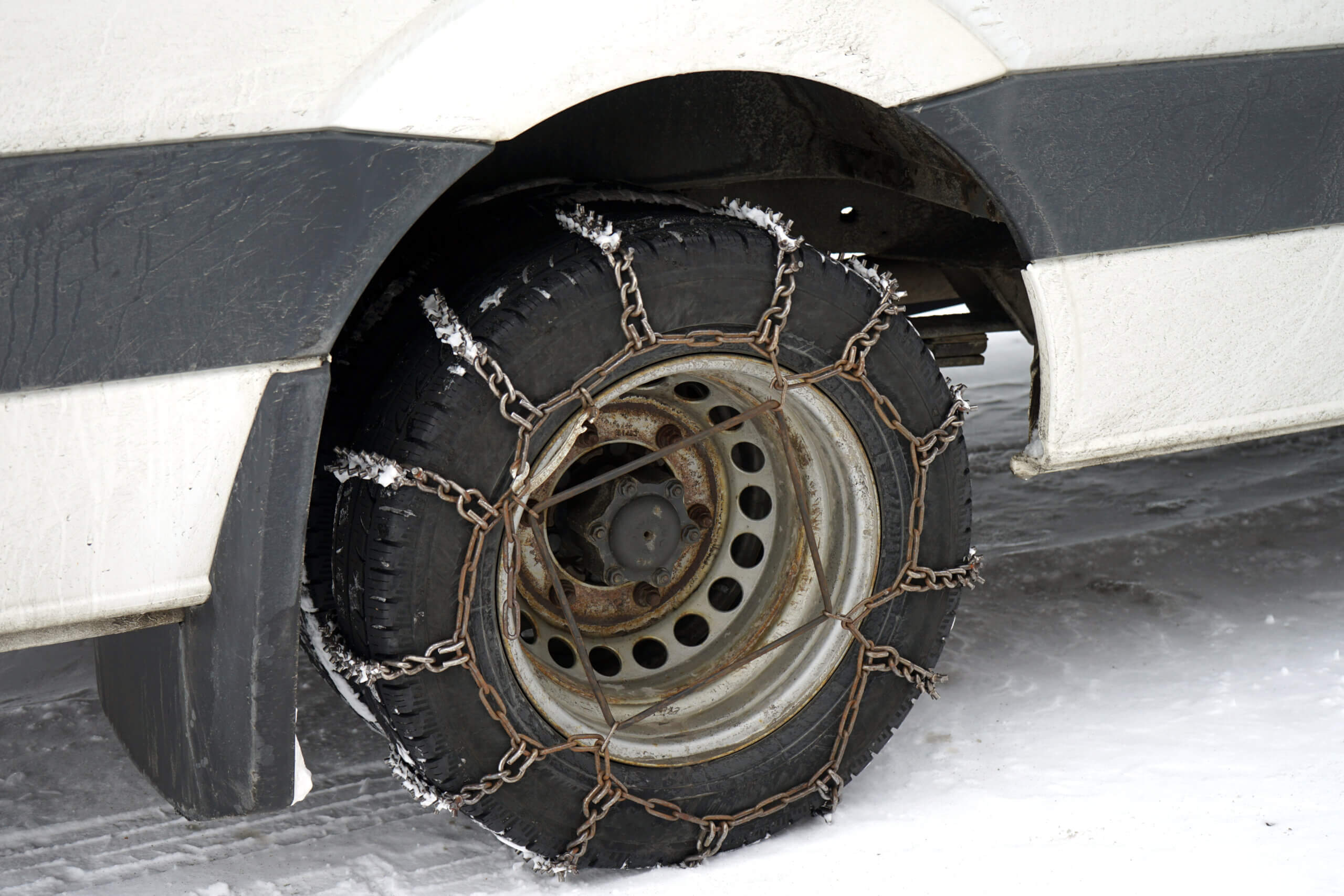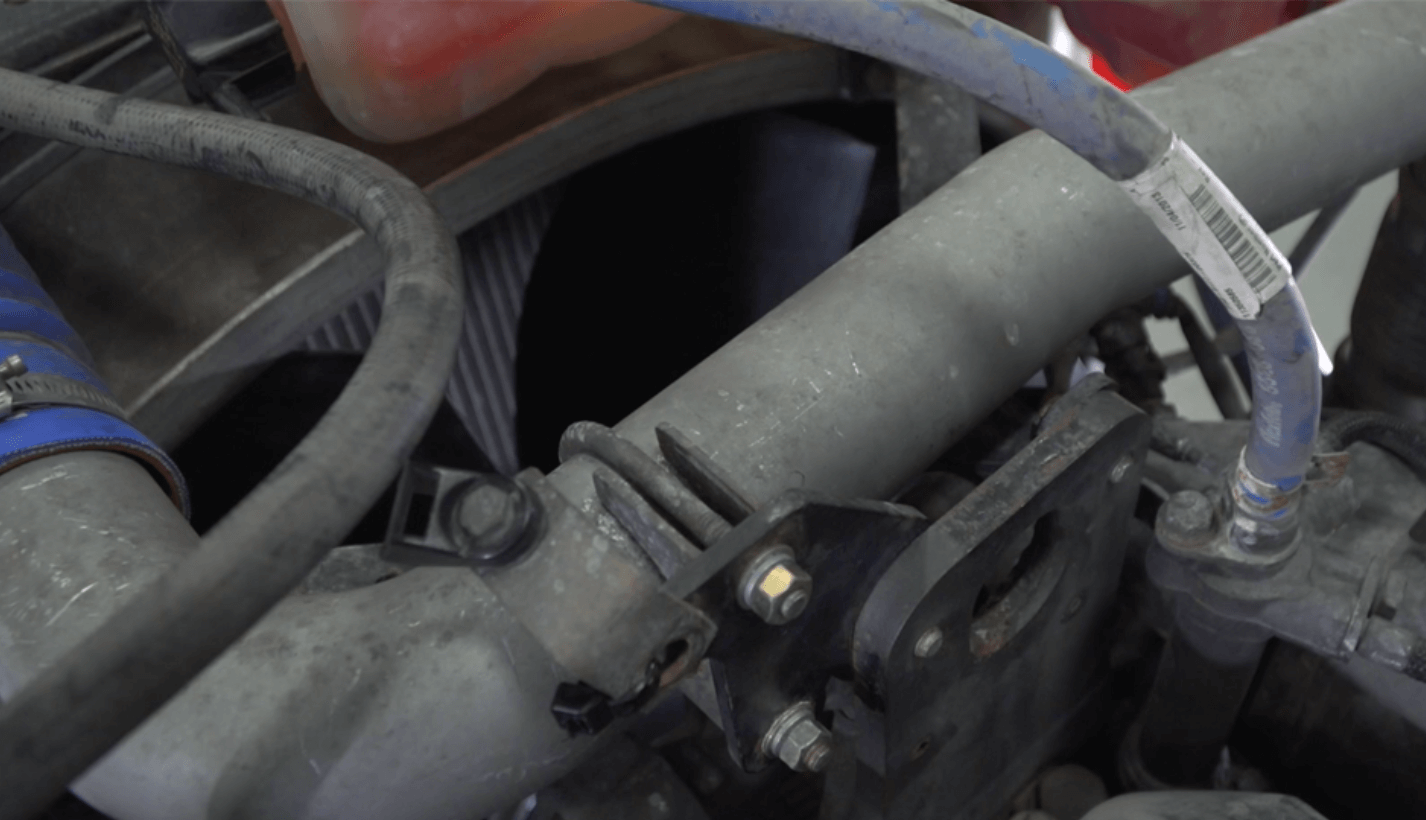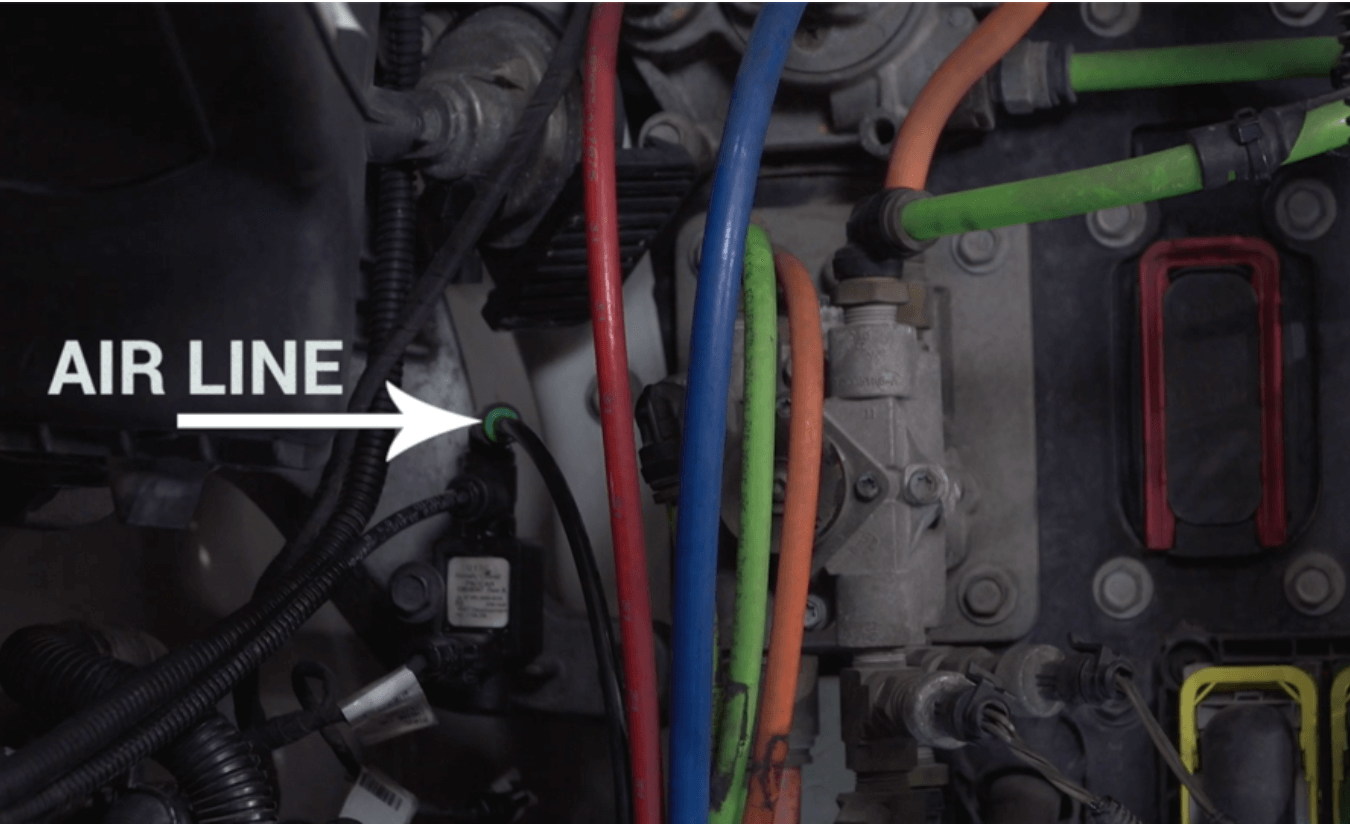With winter setting in, snow-less roads are now a luxury for truckers and you can expect that your semi will need some extra care as the weather gets colder. Now is the time to make sure your truck is prepared for freezing temperatures, frozen roadways, and other dangers of winter weather.
Getting your truck ready for the winter is crucial not only for your safety, but for your customers. Last minute maintenance can easily add hours or days onto your shipments which means a lot of unhappy customers.
That’s why I put together this list of 5 things you need to do to get your semi-truck ready for cold weather.
1. Inspect your tires
Tire’s are the first part of your truck that has any contact with the road so it is safe to say that without them working you are stuck. You should have tire inspections as a part of your normal pre trip inspection, but this becomes even more important during the cold.
Worn out or under inflated tires have problems gaining traction in snowy or icy conditions making them a hazard to live's and your load's safety. Company drivers and owner operators should check the treads on each tire to make sure they are roadworthy and change any tires showing signs of excessive wear.

Truck drivers use chains on their tires to help grip the road during icy conditions. Some states require truckers to use chains by law during the winter months.
Verify that the air pressure is just right keeping in mind that air compresses during the cold weather. Lastly, make sure you bring tire chains along in case you drive through a state that requires semi trucks to use them in cold weather.
2. Inspect Your Engine Cooling System
Engines work extra hard during the winter months. Lower temperatures means a hotter engine so your coolant system works overtime to keep your motor in good working order. With preventative maintenance, you can stop any potential problems before they even start.
Have your coolant system inspected by a mechanic to ensure there are no issues before you hit the road for the winter. An inspection should consist of:
1. Checking the radiator, coolant hoses, and belts for corrosion and wear.

Check your engine coolant hoses for any breaks, leaks or connection problems.
2. Examine the fan for any chips, corrosion blockages or buildup.

Radiator fans can chip causing major damage due to overheating.
3. Visually inspect the airline to the clutch.

Air lines should be free of any breaks, cracks, leaks or blockages.
3. Inspect your Battery
Just the other day I had to jumpstart my girlfriend's car on a cold winter morning because the battery died overnight. A lot of people don’t realize that cold temperatures can deplete a battery faster.
Freezing weather can drain your battery power by 30-60% due to the slowing of an electrochemical reaction that slows down in colder weather. The last thing you need as an owner operator is to wake up with a dead battery and miss an important shipping deadline.
The good news is battery problems can easily be avoided with a simple inspection. If your battery is older than two years, consider replacing it.
4. Install an APU to power your in-cab devices
As a driver, you might have to work a little harder to stay warm during the winter months. I wrote a whole article on how you should go about doing this.
How do truck driver’s stay warm?
Staying warm might mean using portable heating devices like space heaters and electric blankets. While those are safe ways for a semi truck driver to stay warm, the power that these appliances draw can quickly deplete the battery of a semi truck if it is not in an idling state.
That’s why I recommend you have an APU unit installed on your truck. An APU unit provides energy to power everything inside your cab including your appliances, phone chargers and more without affecting the main battery of your truck.

This is an APU unit that is installed on the truck in order to provide power to devices without draining the battery while parked.
In addition to all of that, it eliminates the need for you to have to idle your truck which reduces air pollution and keeps you compliant with idling laws and regulations.
5. Use Winter Fuel Additives in Your Diesel
Cold temperatures can cause diesel and diesel exhaust fluid to freeze in the lines of a truck. With the wrong fuel mix, a truck driver might find their fuel lines frozen once they shut off their truck in cold weather.
Owner operators and fleet owners should consider adding winter fuel additives while driving in cold climates. In addition, it may be useful to observe a “half tank” fuel policy for the winter months.
When you are driving in the winter, there are always going to be road closures due to ice, snow, road work etc. You never know when you will be faced with a delay and sitting in traffic stopping you from getting to a fuel station or truck stop with an empty tank.
It is critical that your semi truck is always running in order for its emission control systems to work properly.
Now is the time to prepare your truck for the cold
The answer to keeping your truck running in the winter is prevention, and following these 5 steps will keep you driving through all of the cold months. Doing these inspections on your rig will save you some significant downtime which means more money in your pocket for the season. Make sure to always consult a trusted mechanic if you think something feels off. After all, no one knows your truck better than you.
